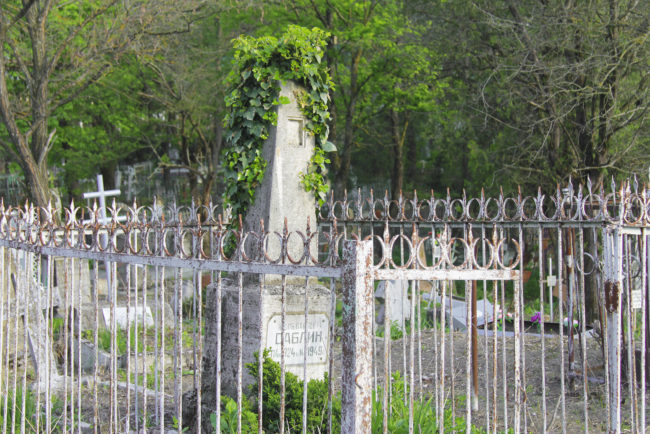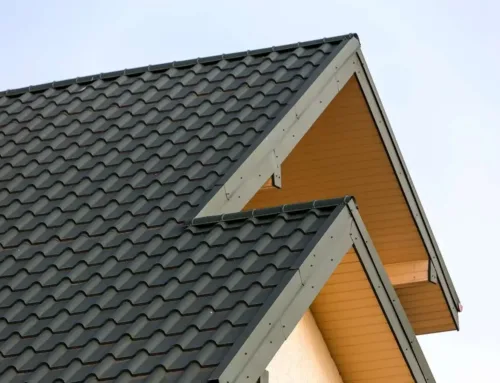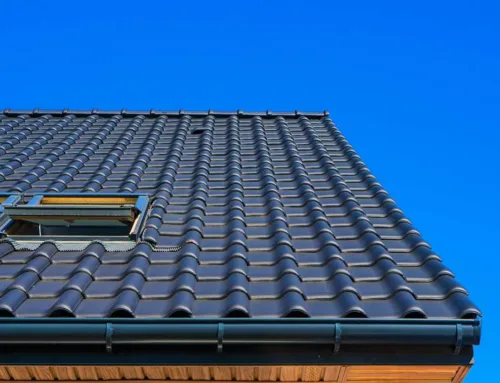Here’s a real estate myth doled out to agents from a so-called expert at, of all places, RealtorMag:
“If your seller’s home is in a part of the neighborhood that borders a highway, train tracks, or an industrial area, it’ll likely fetch a lower price.”
This is the perfect example of why you should always consult with more than one expert when it comes to helping a client with an investment as large and important as real estate.
Although his wisdom sounds logical, the truth is a bit more complicated than the aforementioned expert seems to understand.
Do your research, be a motivated agent, and you can bust some of the more common myths among real estate consumers about what impacts home values.
Real Estate Myth Number 1: Homes near a railroad fetch a lower price
Researchers studying the issue of rail transit’s impact on home prices used, among others, the Bay Area Rapid Transit (BART) system in their statistical models.
“According to the models, a house immediately adjacent to BART would sell for close to 38% more than an identical house not near any BART service,” according to Roderick B. Diaz, the study’s author.
You and I both know that “all real estate is local,” so, naturally, the researchers found variances among the increase in value, depending on the community.
For instance, when comparing home values before and after the construction of Miami-Dade County, Florida’s Metrorail system, they found that the most a property appreciated was about 5 percent.
And, the rate of appreciation depended not only on how close a home was located to the rail system, but among neighborhoods as well.
“There are proven premiums for being near commuter rail” in suburban Philadelphia and New Jersey, according to the study.
In fact, in the latter, homes near neighborhoods immediately served by the rail line enjoyed a value 10 percent higher than homes located farther away.
This isn’t to say that all homes, nationwide, near railway stations and along the route will have a higher value.
When studying the Portland market, for instance, researchers find that the value of homes located closest to the immediate station area, exhibited “nuisance effects,” such as the increase in traffic and noise.
“Nevertheless, that there is a net benefit shows that, at least in the case of this particular area within metropolitan Portland, the benefit of rail transit overshadows the nuisance effects,” according to Diaz.
So, the next time you hear or read that one of the drawbacks of living near a railroad is that it depresses property values, do some research on homes in the community you serve.
You and your client may be pleasantly surprised at what you learn.
Real Estate Myth Number 2: Living near a highway slaughters a home’s value

Modern city with highway traffic and building under construction. Hanoi city, Thang Long highway
Even the experts who’ve extensively studied the highway issue claim that results are a mixed bag.
According to Diaz, the extensive review of all the literature on the subject finds that transportation improvements positively affect the value of nearby land.
The effects ranged from quite small to more than a 10-percent increase in home values.
Whether a home’s value is positively or negatively impacted by its proximity to a highway depends on a number of variables. For instance, those homes located near a depressed freeway were valued higher than those located near at-grade or elevated freeways.
Blanket statements such as “the vroom, vroom, vroom of traffic right outside a bedroom window” will negatively impact the value of a home, are far from accurate. These stereotypes can keep you from maximizing your real estate’s potential.
Again, do the research required because what’s happening outside that bedroom window in your client’s chosen neighborhood may just have a positive impact.
Real Estate Myth Number 3: You’ll never be able to sell a house near a cemetery

The Old cemetary. Historical part of Pyatigorsk
Believe it or not, life near the dead has its perks, and one of them is that homes near cemeteries are generally worth at least 13 percent more than homes further away.
Sure, they take longer to sell, but the wait is definitely worth it.
A few years ago, Redfin compiled research on the topic and found that homes that were the closest to graveyards (within 50 feet) sold for $12 to $20 per-square-foot more than those located farther away.
Don’t assume that homes near railways, busy highways, cemeteries and even big box department stores are worth less than homes farther away or that a new sports stadium in town will raise values. These are common real estate marketing mistakes.
It’s pretty safe to assume that no two real estate markets are identical, and what is hot or not depends on the market.
Owner & Operator,
Chad Hett
The Elite Group
Largest Home Inspection Company in North America
Best Selling Author “Secrets Of Top Producing Real Estate Agents: And How To Duplicate Their Success.”





